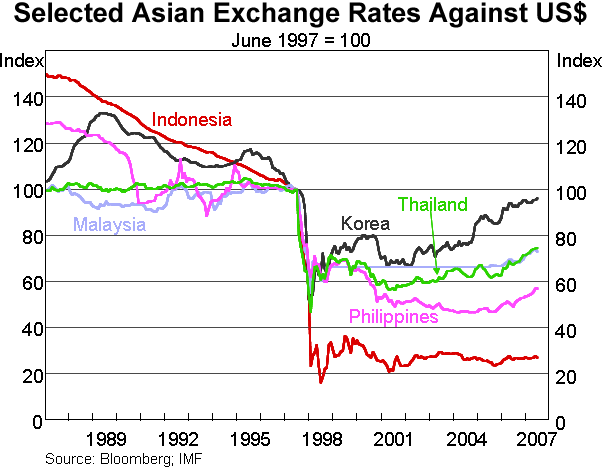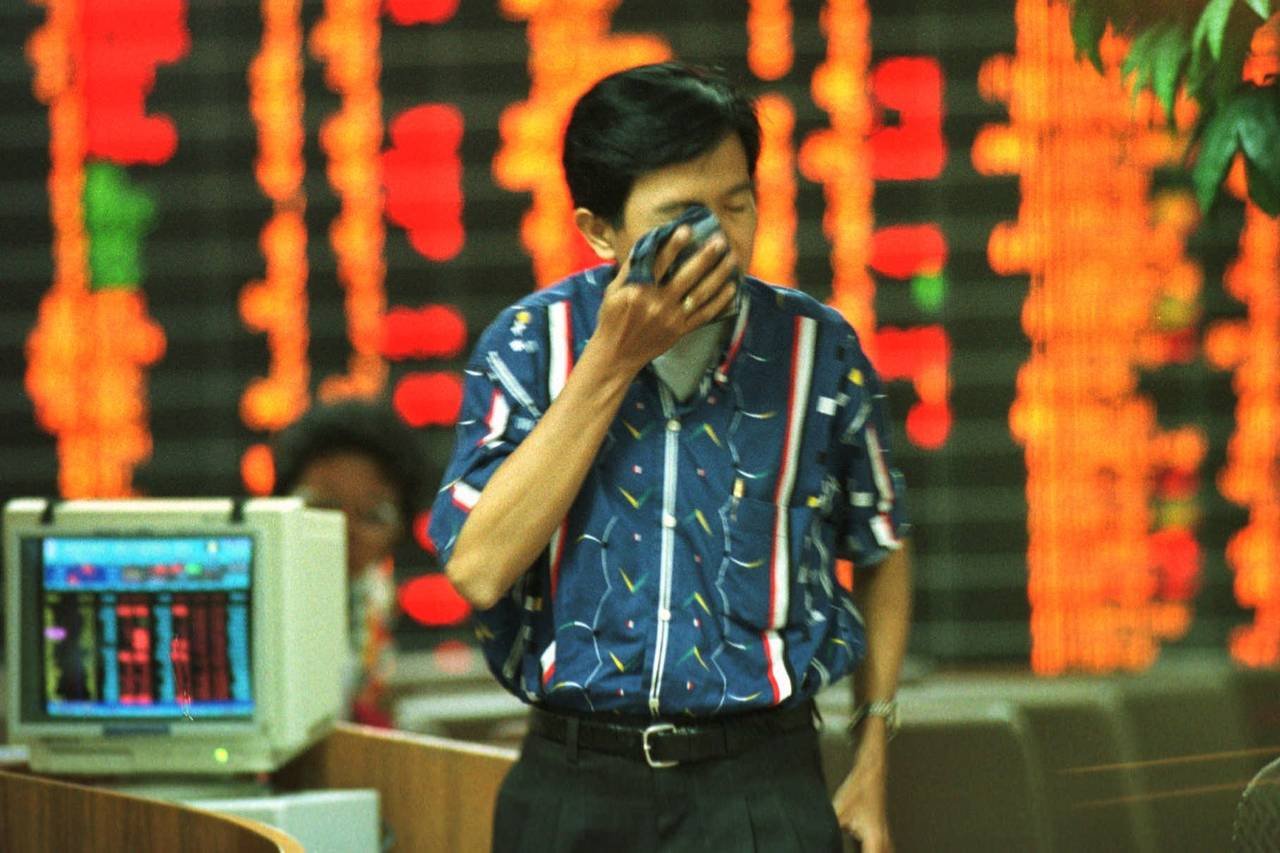
Why are economists worried about Tether (USDT)? Yesterday, I wrote about differentiating between FUD and valid, beneficial inquiries into companies (see post here). Since then, the news has broke that US regulators have subpoenaed Bitfinex and Tether, so this issue is more relevant than ever.
In this post, I discuss what economics can tell us about Tether as a token based on a fixed exchange rate system.
USDT/USD as a Fixed Exchange Rate
Others have already made the connection between USDT and Eurodollars (see for example this article in the FT). I suggest that there are insights to be made if we link it to a currency board.
Bitfinex is trying to act like a currency board, except that it has no legal mandate to maintain its reserves in fiat, no automatic convertibility between USDT and fiat, and no country's resources backing it up.
So USDT/USD is similar to a fixed exchange rate (a currency peg).
Time for some Economics
In short, a fixed exchange rate is the value at which a central bank ties the value of the domestic country’s currency to that of another country’s currency. For example, 1 USD gets 6.32 Chinese Yuan today, and that rate is stable because the central bank declares that it will, and does, intervene by selling/buying the domestic currency if the rate strays from the pegged rate. Or, 1 USDT = 1 USD.
A currency board is a form of fixed exchange rate system. With a currency board, the central bank is required by law to hold foreign reserves that is at least equal in value to the issued domestic currency, and guarantees convertibility between currencies at the fixed exchange rate.
Decades of Experience: Fixed Exchange Rates are Not a Modern Invention
The point of comparing Bitfinex to a currency board is that we think we have a pretty good idea when fixed exchange rate systems fail. At the very least, we have a number of past cases to learn from - most notably, those of the 1990s, including the UK being forced to abandon its peg under the ERM (think George Soros), the Latin American crises, and the Asian Financial Crisis. Here are a few pictures to bring you back...


Credits: THAKSINA KHAIKAEW/ASSOCIATED PRESS
The lesson is that it is hard to maintain a fixed exchange rate peg and that currency crises can be self-fulfilling
These countries were chugging along quite fine (admittedly, with some deterioration in macro fundamentals for some) until a trigger arrives, there is sudden widespread speculation leading to a massive outflow of capital, people are trying to sell the currency, and the central bank is forced to defend the peg or abandon it. Furthermore, the fall in value of the currency may worsen the economic situation of the country, which then justifies the previous fall and leads to a greater fall. Currency crises can be self-fulfilling.
The same can happen for USDT/USD. Everything is fine until it is not. My guess is that part of the stability so far has to do with the difficulty of shorting USDT and profiting from a short-term decline in USDT.
But suppose there is some trigger, and people are worried about the value of USDT. USDT/USD falls to, let's say 0.9, and people start to doubt the peg and sell. Then, it makes sense to sell USDT and transfer your money into another asset. Even if you really believe in the peg, as long as you believe that there is a sufficient number of people doubt the peg and will cause a fall in the value of USDT, it makes sense for you to sell now and buy back later. The large amount of sell orders make others more likely to sell. Bitfinex will have to buy up USDT to prop up its prices. This will probably be with crypto instead of USD since they will most likely intervene on their own exchange. If they succeed, life goes on as normal until the system is tested again. If they fail, all hell breaks loose.
Why defend the peg?
Why not let it fall and shake out all those non-believers and doubters?
USDT is different from other cryptos. Unlike Bitcoin, USDT is not decentralised. People who hold onto it depend on Bitfinex to maintain the value of the token. Everything is fine as long as other people believe in this implicit value enough to take it off my hands. But once people start to doubt its value, suddenly it's worth nothing.
In this case, nothing is not an exaggeration, because unlike conventional currencies, there is no actual floor to the value of Tether as a virtual token.
Trust in a Peg is Vital to Prevent Speculation and a Run on the Token

And trust is a very fragile thing.
To sum up, in order to maintain a peg, you need the market to believe that you have both the ability and will to do so. Both are vital elements. And even then, a currency crisis is not out of the question. So to answer the first question posed, economists are worried about Tether because it merely claims that it has the ability and will to maintain a peg, but has not stepped out to prove to the market that it actually has fiat reserves to do so even when it is vital.
Phrased another way, given that it is not difficult to prove its fiat reserves, why does Tether persist in allowing the market to doubt its peg when this makes it harder for them to maintain the peg? Why shoot yourself in the foot?
Next, I will discuss why Tether might be holding its reserves in cryptos instead of in fiat, and why that makes a currency crisis more likely because of what economists call a balance sheet effect.

